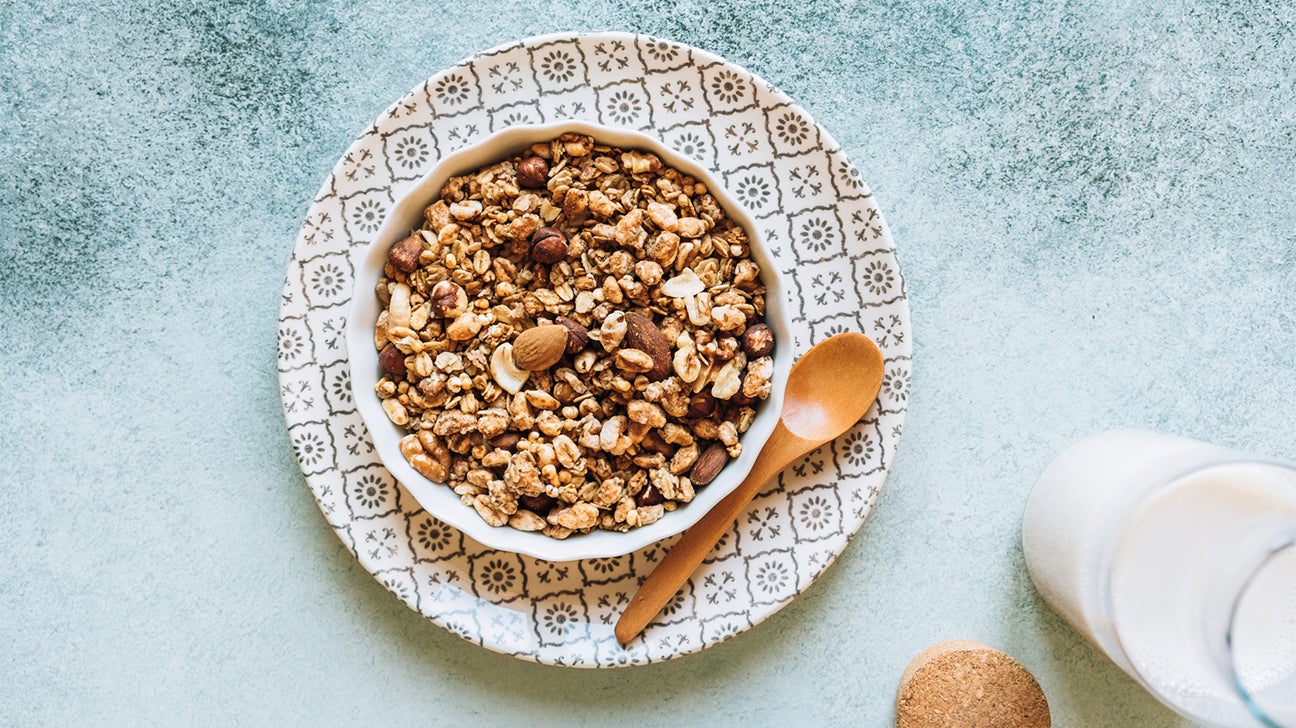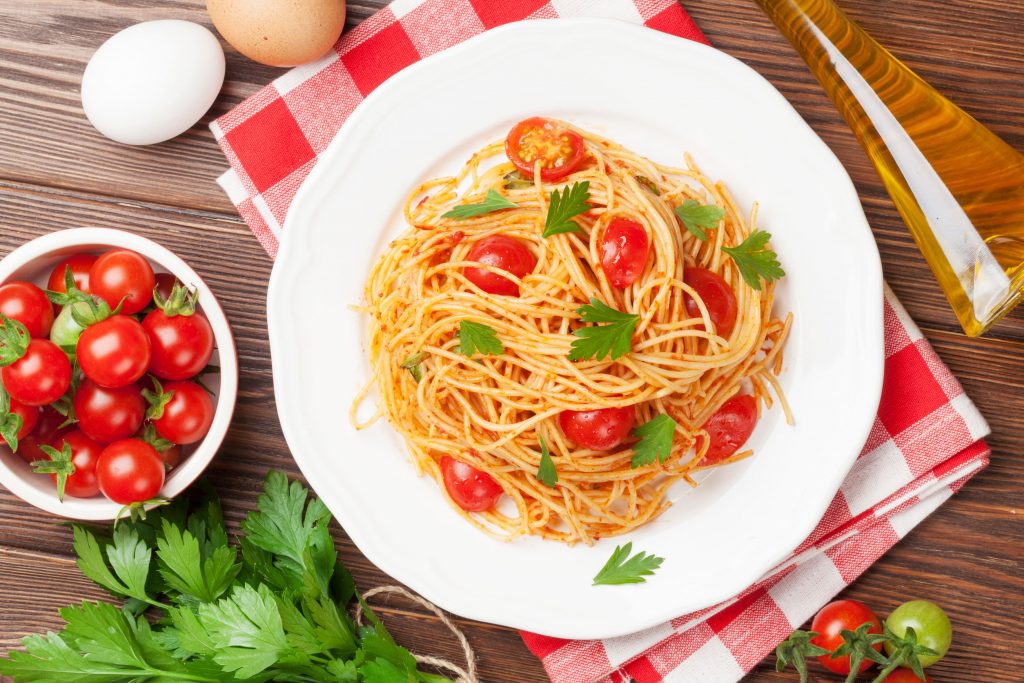9 Foods You Think Are Unhealthy—But They’re Actually Good for You
9 Foods You Think Are Unhealthy—But They’re Actually Good for You
Blog Article

When it comes to healthy eating, misinformation runs rampant. From fad diets to social media trends, many foods have gained a reputation for being "bad" simply because they don’t fit a certain dietary narrative. But the truth is, some of the most misunderstood foods are actually good for your body—when eaten in the right context and quantities.
1. Eggs
Once feared for their cholesterol content, eggs have been unfairly labeled cenforce tablet as heart-damaging. But recent research shows that dietary cholesterol from eggs doesn’t significantly impact blood cholesterol levels for most people.
Health Benefits:
Packed with high-quality protein (6g per egg)
Rich in choline, which supports brain and liver function
Source of antioxidants like lutein and zeaxanthin, which support eye health
Tip: Don’t skip the yolk—it contains most of the nutrients.
2. Full-Fat Dairy
For years, fat-free yogurt and skim milk were hailed as “healthier,” but full-fat dairy is making a comeback. Whole milk, Greek yogurt, and cheese contain healthy saturated fats, which in moderation can be beneficial.
Health Benefits:
Supports hormonal balance and vitamin absorption
Full-fat dairy has been linked to lower obesity risk in some studies
Provides calcium, potassium, and vitamin D
Tip: Choose unsweetened, plain varieties to avoid added sugar.
3. Potatoes
White potatoes have been demonized by low-carb diets, but they’re vidalista tablets nutrient-rich and versatile—as long as they’re not fried or drowned in sour cream and butter.
Health Benefits:
Excellent source of potassium—more than a banana!
Contain vitamin C, B6, and fiber (especially in the skin)
Naturally gluten-free and filling
Tip: Bake or steam and pair with lean protein and healthy fats for a balanced meal.
4. Dark Chocolate
Chocolate often gets lumped in with candy and junk food, but dark chocolate—especially varieties with 70% cocoa or higher—offers powerful antioxidants.
Health Benefits:
Rich in flavonoids, which support heart and brain health
May improve blood flow and lower blood pressure
Can boost mood thanks to serotonin-enhancing compounds
Tip: Stick to 1–2 small squares and check the sugar content.
5. Popcorn (Air-Popped)
Often mistaken for a junk food snack, popcorn is actually a whole grain. It’s only unhealthy when smothered in butter, oil, or cheese flavoring.
Health Benefits:
High in fiber, which supports digestion and fullness
Low in calories when air-popped (about 30 per cup)
Contains polyphenols, antioxidants that fight free radicals
Tip: Make it at home with a pinch of sea salt and nutritional yeast for a savory flavor.
6. Pasta
Low-carb diets have convinced many people that pasta is off-limits, but portion-controlled pasta, especially whole wheat or legume-based, is a perfectly healthy carb source.
Health Benefits:
Source of complex carbohydrates for long-lasting energy
Whole grain versions contain fiber, iron, and B vitamins
Can help regulate blood sugar when paired with protein and fat
Tip: Limit to 1 cup cooked and balance with veggies and lean protein.
7. Nut Butters (Peanut, Almond, etc.)
Yes, nut butters are calorie-dense, but they’re also nutritionally dense. The key is to choose natural versions without added sugar or hydrogenated oils.
Health Benefits:
Provide healthy monounsaturated fats
Rich in vitamin E, magnesium, and protein
Can help stabilize blood sugar and keep you full
Tip: One to two tablespoons per serving is ideal. Pair with fruit or whole grains.
8. Coffee
Often feared for its caffeine, coffee is actually rich in antioxidants and anti-inflammatory compounds. It’s the added sugar, syrups, and cream that turn it into a less-than-healthy drink.
Health Benefits:
Linked to lower risk of type 2 diabetes and Parkinson’s
May boost cognitive function and alertness
Contains polyphenols that support heart health
Tip: Drink it black or with a splash of plant-based milk. Skip bluepillexpress sugary lattes and flavored creamers.
9. Avocados
Despite being high in fat and calories, avocados are a nutritional powerhouse. The fats in avocados are predominantly monounsaturated, which support heart health.
Health Benefits:
Loaded with fiber, potassium, vitamin K, and folate
Promote healthy cholesterol levels
Keep you satiated, which can aid in weight management
Tip: Half an avocado a day is a good starting point. Add to toast, smoothies, or salads.

Why We Label Healthy Foods as “Bad”
So, why do these nutritious foods get such a bad reputation?
1. Outdated Nutrition Myths
Much of our fear around eggs, fats, and carbs stems from outdated guidelines from the 1980s and '90s, which promoted low-fat, high-carb diets. Modern research paints a much more balanced picture.
2. Marketing & Packaging
Labels like “low-fat,” “sugar-free,” or “keto” often mislead consumers into choosing processed foods over whole, nutrient-dense options.
3. Diet Culture
Trendy diets demonize entire food groups—leading to confusion and unnecessary restriction. At BLUEPILLEXPRESS, we believe all foods can fit, depending on your needs and goals.
How to Make These Foods Work for You
It’s not about whether you eat these foods, but how you incorporate them:
Moderation is key – even healthy foods can be overdone.
Watch portion sizes – especially with calorie-dense items Kamagra Australia like nuts and chocolate.
Pair wisely – combine with fiber, protein, and healthy fats for blood sugar control.
Avoid added sugars and processed ingredients – choose whole food versions.
Final Thoughts
Many so-called “bad” foods are only unhealthy when processed, oversized, or eaten in excess. But when you choose high-quality, minimally processed versions and eat them mindfully, they can be powerful tools in your health journey.
Report this page